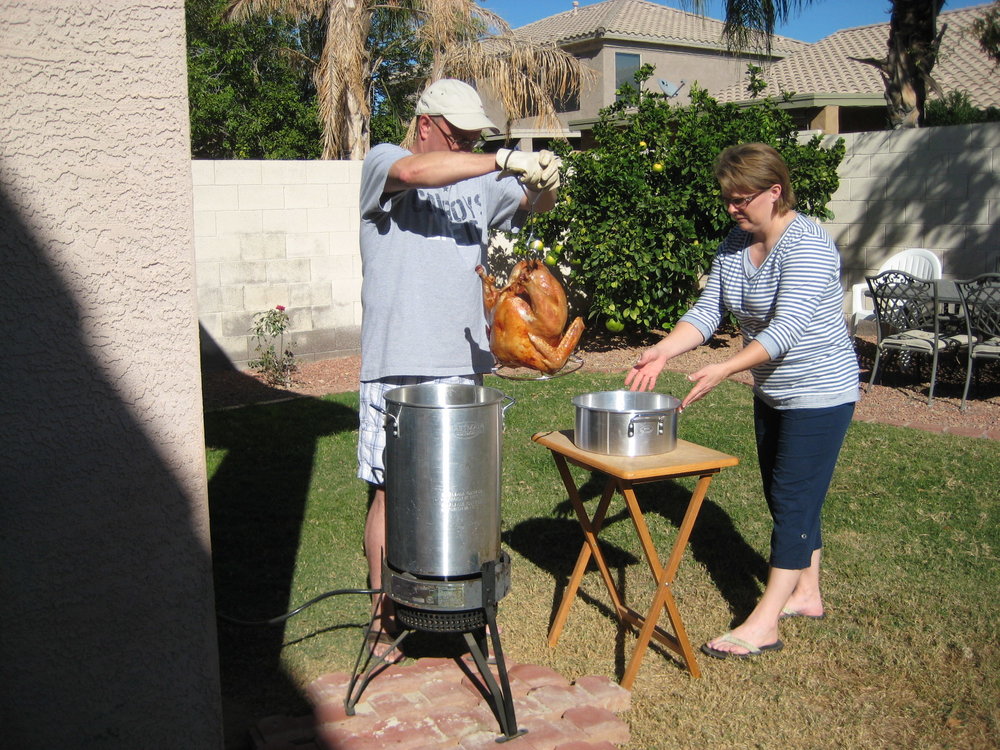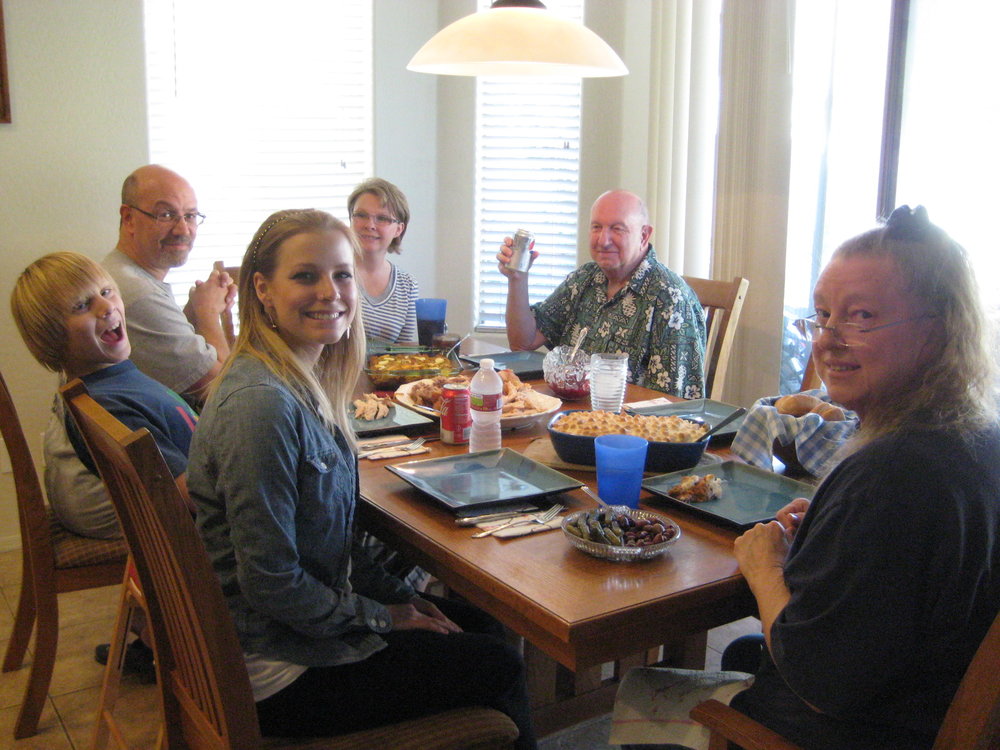 I’m pretty sure I can predict the future at least until tomorrow. Al and I will ride together in his new red pickup to the Lamar County election site. After identifying ourselves, we’ll proceed to the machines and cancel each other’s vote. Afterwards we will come home. One or both of us will cook dinner, which we will enjoy eating together. We’ll watch the returns in separate rooms on separate TVs so we don’t get on each other’s nerves. One of us will be happier than the other when the results come in but will try not to gloat. We’ve done this for a number of elections. The variation comes only in who refrains from gloating.
I’m pretty sure I can predict the future at least until tomorrow. Al and I will ride together in his new red pickup to the Lamar County election site. After identifying ourselves, we’ll proceed to the machines and cancel each other’s vote. Afterwards we will come home. One or both of us will cook dinner, which we will enjoy eating together. We’ll watch the returns in separate rooms on separate TVs so we don’t get on each other’s nerves. One of us will be happier than the other when the results come in but will try not to gloat. We’ve done this for a number of elections. The variation comes only in who refrains from gloating.
Getting to my point, the thing that worries me most about our country currently is that we’ve forgotten how to listen to those who disagree with us and have abandoned the thought of being civil. We could use my mother’s admonition, “Be nice.”
Following closely behind that worry, I’m concerned that once we decide which party is right, we can’t entertain any idea that we could be wrong, that our preferred candidate could have missed the mark on a point or two, or that the other candidate is anything other than a demon. I find myself tempted to recall the “good old days” when people from both parties could come to a consensus on things important to all of us, but it seems that memory is clouded. Evidently, we’ve needed counsel on this subject for quite a while and there are counselors:
• My nephew Jonathan Page quoted John Wesley from about 250 years ago on his Facebook page: "I met those of our society who had votes in the ensuing election, and advised them, 1. To vote, without fee or reward, for the person they judged most worthy: 2. To speak no evil of the person they voted against: And, 3. To take care their spirits were not sharpened against those that voted on the other side."
• Copyright first in 1951, Ray Bradbury in Fahrenheit 451 said, “If you don’t want a man unhappy politically, don’t give him two sides to a question to worry him; give him one. Better yet, give him none.”
More recent good advice comes from the comics and an etiquette expert:
• Hi of Hi and Lois on October 16, 2012, [reading the newspaper in his office] “The level of discourse in this country has reached a new nadir. We can’t entertain a reasonable difference of opinion.” His coworker laid back in his chair with his feet on his desk, says, “Oh, stop it with your elitism.”
• Peggy Post, in October 2012 Good Housekeeping magazine, gives political discussion advice. “Respect different opinions, don’t raise your voice, and agree to disagree if necessary.”
I think I’m just taking Mama’s simple route and will try to be nice. Maybe it will mean I can keep riding in the new red pickup.



























